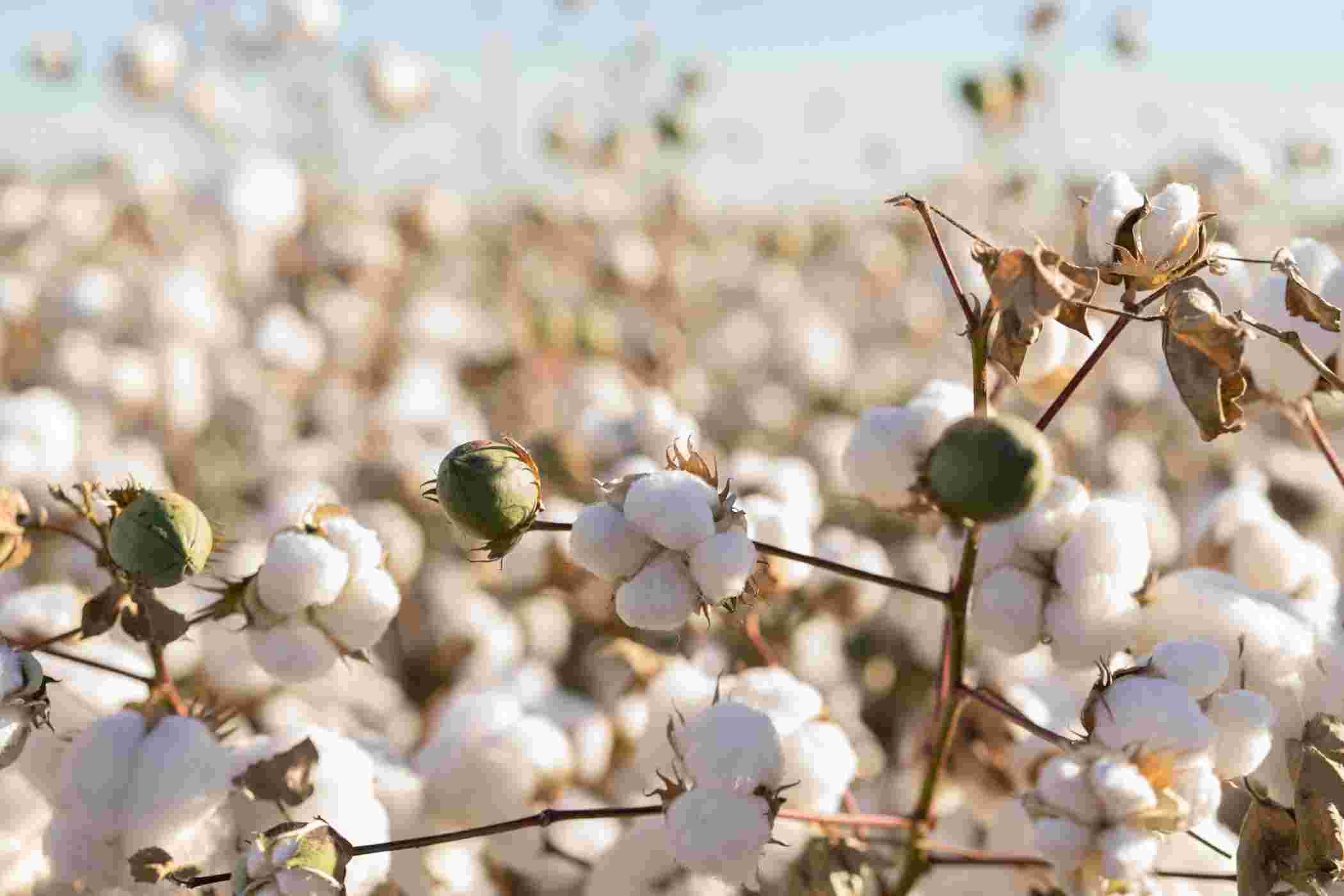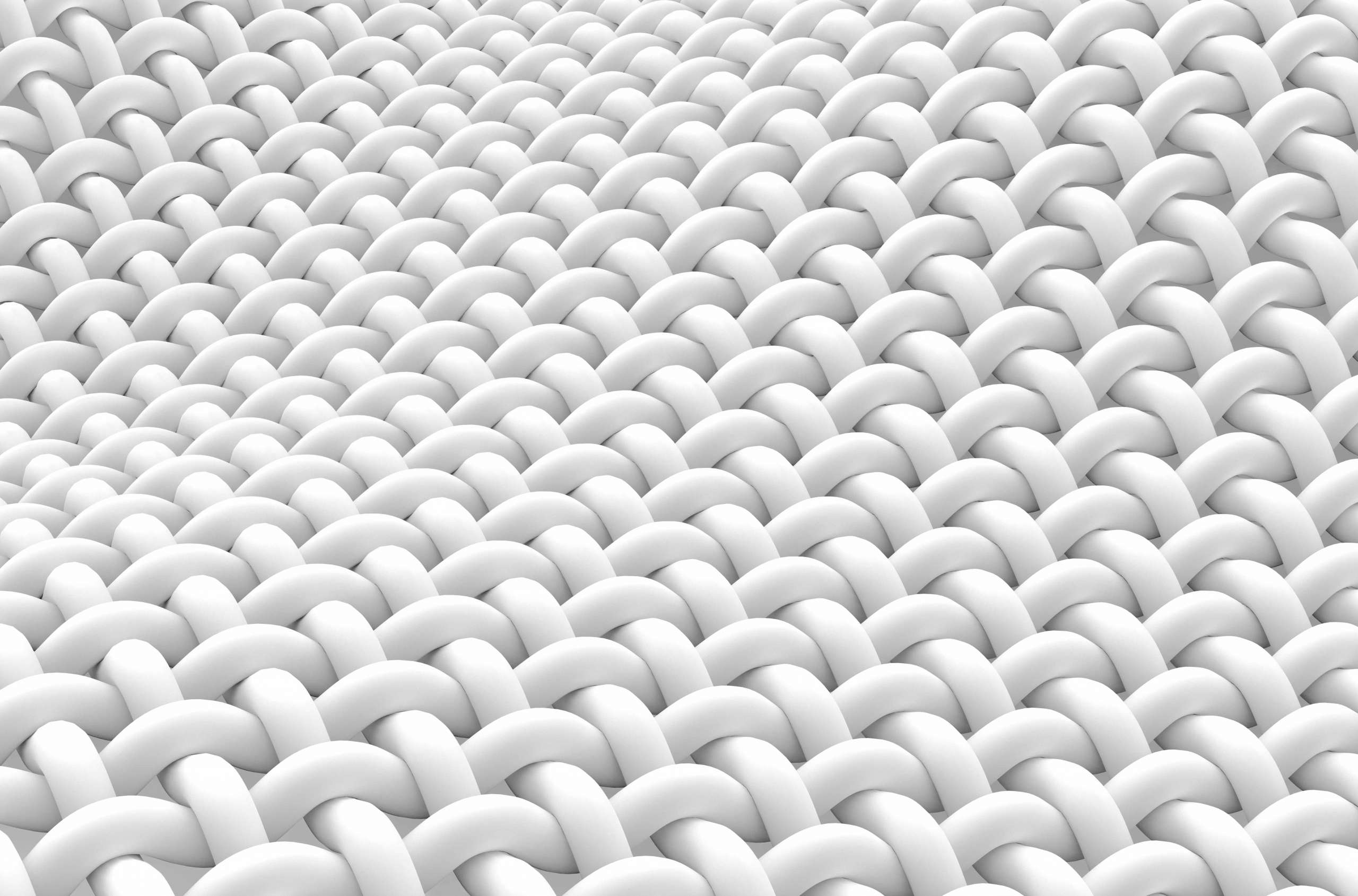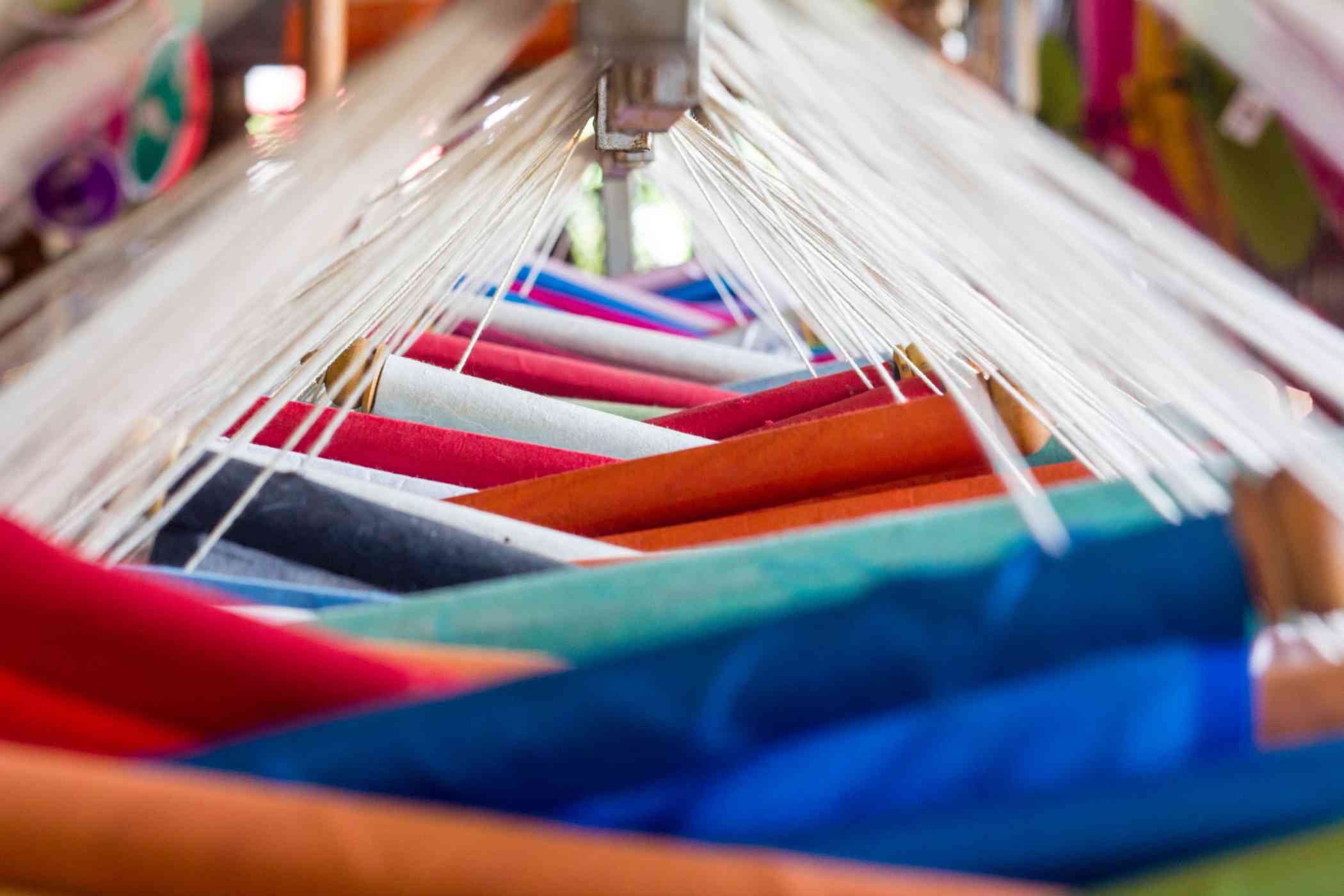Comparing the 7 Types of Fabric Finishing

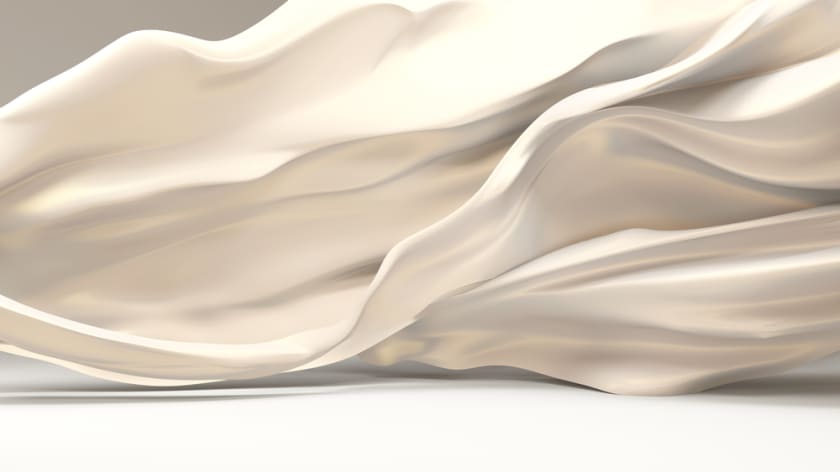

If we are talking about the textile manufacturing industry, finishing refers to the processes involved in converting woven or knitted cloth into usable material. More specifically, it refers to any process performed after dyeing the yarn or fabric to improve the finished textile or clothing look, performance, or “hand.”
Ever wondered how fabric becomes waterproof? Or why does flannel feel so soft? This can be attributed to fabric finishing and treatments. After fabrics like cotton, matte satin, silk, and such, are woven, they’re taken through certain physical and chemical processes to enrich them with certain qualities, such as fabric finishing and treatments. For example, they may be treated to make them softer, water-resistant, or enhance dye penetration.
This process is known as fabric finishing.
Immediately after the fabrics like cotton, silk, matte satin, and such are manufactured, they are raw and harsh and not yet ready to be made into fabric goods. The cloth is sometimes called grey goods at this stage, and it needs further refinement. This is where fabric finishing processes come into play.
Usually, the fabric finishing process includes a few significant procedures – washing and drying, stabilising, and pressing. In addition to these, some materials are then treated to make them anti-static, water-repellent, or flame retardant.
Distinct Kinds of Textile Finishes
- Temporary Textile Finish
The kind of finish that washes away with water, temporary finishes have a restricted life expectancy, which means the finish is retained only for some washes. These finishes usually involve treating the fabric with a paste of starches and gum, filling materials, softening agents, optical brighteners, wetting agents, and other such pastes. The ingredients’ quantity and construction are decided by the fabric’s final feel and properties.
The surface of the fabric is given a softening and glazing effect with the help of softeners. Wax emulsion, glaring paste, and polyethylene emulsion are some commonly used softeners. On the other hand, tapioca, maise, and other such body lustre starches are used to impart stiffness.
Wetting agents are yet another element that is used to impart temporary finishes to fabrics. These are accompanied by a paste that soaks the fabric quickly for further finishing. Wetting agents such as French chalk, China clay, and synthetic softeners generally add weight to the fabric.
- Semi-Durable Textile Finish
If you compare in terms of the washing cycle, semi-durable finishes last longer than temporary finishes.
Waterproof finishes generally use wax-based chemicals, which form a coating on the fabric. It takes the shape of a water-resistant film and fills up the crevices of the fabric. Conventionally, materials like rubber and drying oils were considered to be highly effective in this regard, but in recent times, butyl rubber, synthetic resins, polyvinyl chloride, and other similar synthetic substances have largely replaced them.
The grade of coating done on the fabric determines the extent to which it will be waterproof, but more often than not, the fabrics can withstand a good downpour or sudden splashes. This coating renders the fabric impermeable to air, making it unfit for daily-use apparel. You can find this type of fabric used in tents, tarpaulins, wagon covers, etc.
Semi-durable finishes, in turn, are further divided into the following categories:
- Water-repellent finish
A water-repellent finish is similar to a waterproof finish. There is, however, one difference between them. In the former, instead of coating the entire fabric, the crevices between the warp and the weft are left empty, which makes room for the air and vapour to pass through the material. This type of coating follows the process of pad-dry-cure. The chemicals used are usually a mixture of aluminium acetate and soap, wax, and aluminium salt.
- Flame-proofing
Burning, being a physical process, makes it very difficult to achieve absolute flame-proofing in a fabric; however, slowing down the process can be effective in that regard. One can temporarily turn textile fabrics flame-proof by putting them through a water solution of borax and boric acid or a mixture of boric acid, di-ammonium phosphate, and sulphamic acid. However, it is crucial to carry out this treatment after every wash. For individuals and businesses looking for a much more durable finish, chemical treatment is the best solution, as it fuses with the fibres by altering the fabric properties, stiffening it in the process.
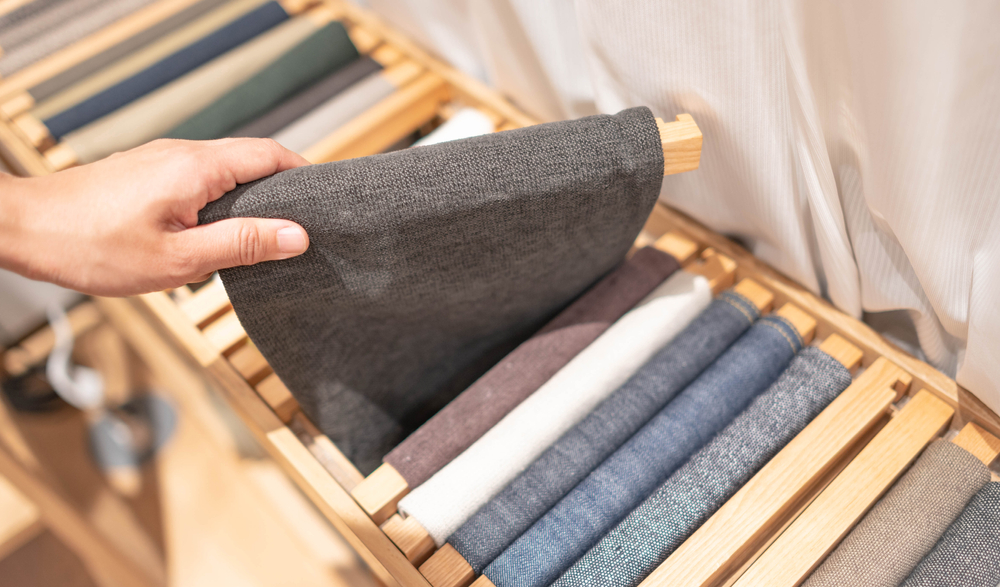
- Soil release finishing:
This finish, which encompasses soil resistance, soil release, and anti-soil redeposition, not only helps the fabric shed the soil accumulated during normal washing but also prevents redeposition onto the fabric. The common processes used to obtain this finish include the application of metal oxides and salts to the textiles, followed by finishing with starch, carboxymethylcellulose, fluorochemicals, etc. However, it also largely depends on the fabric construction.
- Mothproof:
Unlike cotton, silk, matte satin, etc., wools are more prone to moth attacks. Contrary to popular belief, wool is not damaged by the moths but by its eggs. Exposure to light and air, intact packing, hot ironing, contact poison like fluorides and silica, and volatile compounds like naphthalene balls are some sufficient ways to prohibit this. Besides, you can also keep fabrics moth-free by impregnating the fibres with non-volatile substances. It involves endowing the fabric with a semi-durable finish.
- Durable Textile Finish
A durable finish, as is evident by the name, can withstand longer washing cycles throughout its lifetime. It is mostly brought into effect by altering the fibre properties in a way that minimises the flaws in the fabric, be it natural or manufactured. These finishes can be of the following types:
- Anti-shrink finish:
As the name suggests, it stops the cloth from shrinking when washed and is especially used for cotton or cotton blends. In this process, the fabric is shrunk between drums and rubber belts. It is also passed through the stenter machine in a purely mechanical process. Doing this prevents the shrinking of the fabric, particularly during washing.
- Resin finish:
Apparels need certain crucial qualities such as dry and wet crease recovery or sharp crease retention, which are lacking in most natural fibres like cotton. Resin types such as DMDHEU, DMPU, and Carbamates can impart this effect. These are thermosetted into fabrics like matte satin, polyester, and georgette.
The three types of finishing treatments with resins are as follows:
- Anti-crease fabric finishing
- Wash-and-wear fabric finishing
- Durable press treatment
A durable finish is also achieved with the help of flame-resistant and water-repellent types.
- Sanding
Compared to the above-mentioned processes, this process is a more mechanical one. It involves mechanical abrading, whereby the dry fabric is made to pass over a sequence of rollers. These rollers are coated with emery paper that rubs and breaks the fibres to produce a smooth, weathered effect. The process improves the appearance of the material by getting rid of lustre and softening the fabric.
- Mercerising
Just like waterproof finishing, this shrinkage process makes use of chemicals. It involves passing the fabric through a cold solution of 15-20% sodium carbonate. It brings about swelling of the flat cotton fibres in the cross-section and also induces contractions in length, making them lustrous. The process increases strength by as much as 20% and enhances the receptivity of the fibres to dyes.

- Coating
The earliest ‘performance’ textiles were coated with natural oils or wax to keep water at bay. Over the years, thanks to the benefits of petrochemical technology, all that the base fabric does is act as a stable ground for a layer of plastic. Mostly, the final finish to these fabrics is given by the process of ‘embossing’ to lend it an effect of animal skin, quite similar to pile embossing. Polyurethane and polyvinyl chloride (PVC) are the most standard fabrics. Most companies, however, avoid revealing details of the various chemical treatments used to create high-gloss, matte, or metallic finishes.
- Glazing
Unlike sanding, which removes lustre from fabrics, glazing helps in making fabrics more glossy looking. You can apply starch, shellac, or glue to the surface of a fabric to lend it a glazed or shiny look, after which the surface is ironed under considerable pressure. The finish prevents dirt from penetrating and is commonly used for cotton, making the materials rigid and shiny.
| Type of Finishing | Sanding | Glazing | Coating | Semi-Durable | Mercerising | Temporary | Durable |
| Differences between each finishing process. | A mechanical process that passes dry fabric over a series of rollers coated with emery paper. | Starch, shellac, or glue is used to make the fabric look more shiny or glossy. | The textiles are coated with natural oils or wax to keep water at bay. The final process involves embossing to give the fabric an animal skin effect. | Uses wax-based chemicals to form a coating over the fabric. Lasts more than a temporary finish. | In this process, the fabric is passed through a cold solution of 15-20% sodium carbonate. | The type of finish that washes away with water. | Alters the properties of the fabric to give it a long-lasting finish that can endure many cycles of washing. |
Final Thoughts
Each type of fabric finishing is different and gives your materials a different treatment. In conclusion, there are several finishes, and their possible usage is determined by the vagaries of fashion; this is not a conclusive index.
Want to collaborate with a manufacturer that understands the needs of today’s fast-changing fashion industry? For more information, visit Fashinza. Established in the year 2020 by a team of entrepreneurs, Fashinza offers a perfect blend of technology and sustainability with its manufacturing solutions. With their vision to build a futuristic and sustainable supply chain, Fashinza makes apparel manufacturing seamless for companies worldwide by delivering end-to-end assistance. Through our B2B platform, one can monitor the manufacturing process at any time of the day from anywhere.















